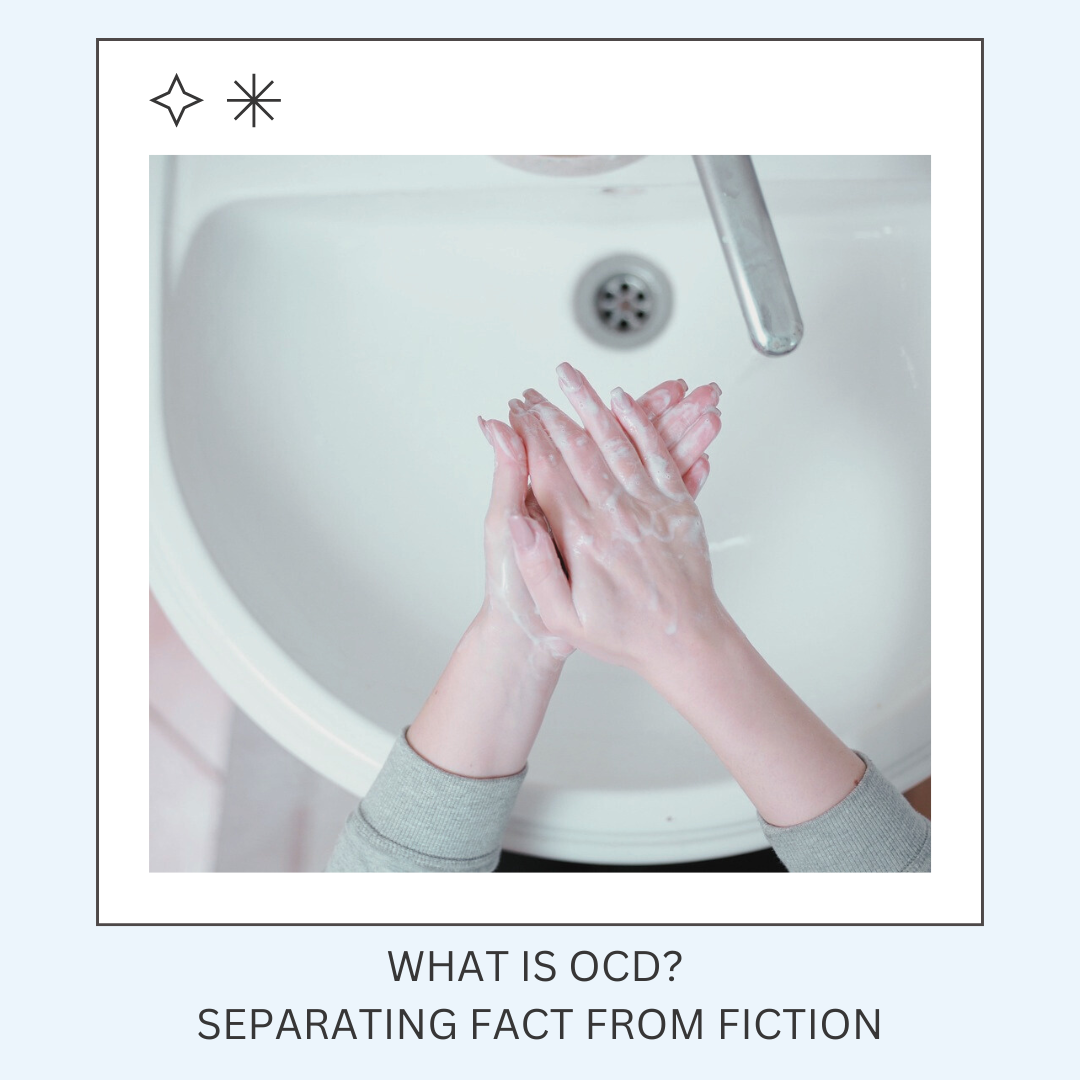
Obsessive-Compulsive Disorder
The Process:
-
1. Take an Assessment
Have you been feeling captive by your thoughts? Has your anxiety made it hard to make it through each day? Whether you have generalized anxiety or OCD, your therapist will help you determine the best form of treatment and how to address your fears and anxieties by offering a free, quick assessment like the GAD-7 or Y-BOCS in or before your therapy session.
-
2. Find what motivates you.
An important part of OCD treatment involves figuring out what you value and what brings you joy - Adventure? Physical health? Safety? Oftentimes, OCD will take what is most important to you and steal the joy from what matters. Your therapist will help you live in alignment with your values and figure out what motivates you toward your long-term goals.
-
3. Begin Exposure Therapy
The Gold Standard for treatment for anxiety, stress management, and OCD is Exposure Response Prevention (ERP) therapy. Our trained and licensed therapists will help you determine what exposures will help you overcome your fears and begin living the life you desire. Learn how to become resilient and sit with discomfort through ERP!
✺ Frequently asked questions ✺
-
Psychologists often refer to generalized anxiety as “OCD light,” meaning OCD is a more acute form of generalized anxiety. OCD consists of obsessions, which are intrusive thoughts, images, and/or urges. OCD also involves compulsions, which are behaviors or acts someone does to “prevent” the fear or anxiety. It becomes a disorder when these obsessions and compulsions impact your daily functioning. The key difference between anxiety and OCD is that OCD involves the compulsion, which is a mental act or behavior that someone engages in to minimize their anxiety.
-
ERP stands for Exposure Response Prevention Therapy and it is the Gold Standard for OCD treatment. This means it is well researched and effective. ERP will involve you working closely with your therapist. You will create a list of exposures to work on both in and outside of therapy. ERP involves exposing individuals to situations, objects, or thoughts that trigger their obsessions while simultaneously preventing them from engaging in their usual compulsive, or safety, behaviors.
-
ERP can be effective in 12 sessions, but most experts will tell you that because of the nature of OCD, you will need to actively engage in exposures the rest of your life. For example, someone with contamination OCD can effectively engage in 12 sessions of ERP and decrease their level of anxiety related to their fears. However, if the client goes back to engaging in avoidance behaviors related to their contamination OCD, their anxiety will increase once again. Avoidance breeds anxiety; engagement breeds resilience. You will learn how to embrace anxiety-inducing situations and practice resilience and ERP for the rest of your life! That is the “prevention” aspect of ERP.
-
Unfortunately, culture and media focus on only some of the subtypes of OCD, including contamination OCD (excessive handwashing, avoidance of public places, etc.), harm OCD (avoiding stepping on cracks - Thank you “As Good as it Gets,” fears of burning down the house), and “Just Right” OCD (things have to be or look a certain way, someone has a focus on numbers, letters, colors, etc). However, there are several different subtypes of OCD. Hoarding is a subtype of OCD. If you have intrusive thoughts, images, or urges and you act on those either through external behaviors or a mental act, and this causes impairment in daily functioning, you may have OCD.
-
There are over 50 subtypes of OCD ranging from Magical Thinking to Relationship OCD to Pedophilia OCD. You also do not need to just have one subtype of OCD. A lot of times, the anxiety or the fear is related to something you value. If you value empathy and compassion, OCD may hijack that into relationship OCD or harm OCD. Those with OCD are much less likely to act on or engage in the fears they have than those who do not have OCD. For example, someone with pedophilia OCD is much more likely to NOT engage in an inappropriate relationship with a minor than those who do not have pedophilia OCD. There is often a lot of shame related to the obsessions someone is struggling with. Whatever the fears are related to your OCD, know that it is not you and it is your OCD.
-
Living with OCD can significantly impact one’s daily life. It is valid to just want it all to go away. The best way to overcome your OCD is to lean into the fears rather than breathe them away. In ERP, you will not be encouraged to practice deep breathing or take a Benzodiazepine to manage the anxiety. Part of the ERP process is to learn to sit with the discomfort of anxiety. Learn more about this approach by watching this Ted Talk: How to Make Stress your Friend Ted Talk





